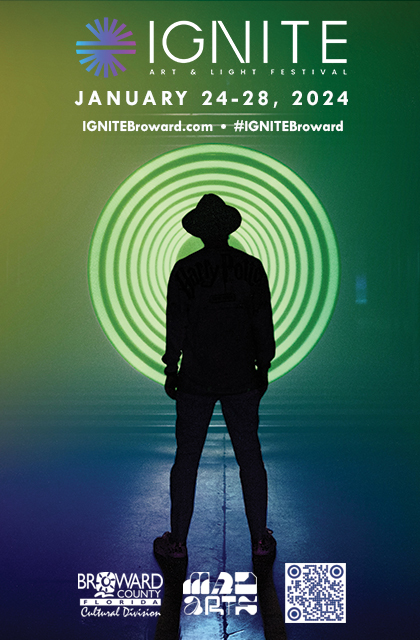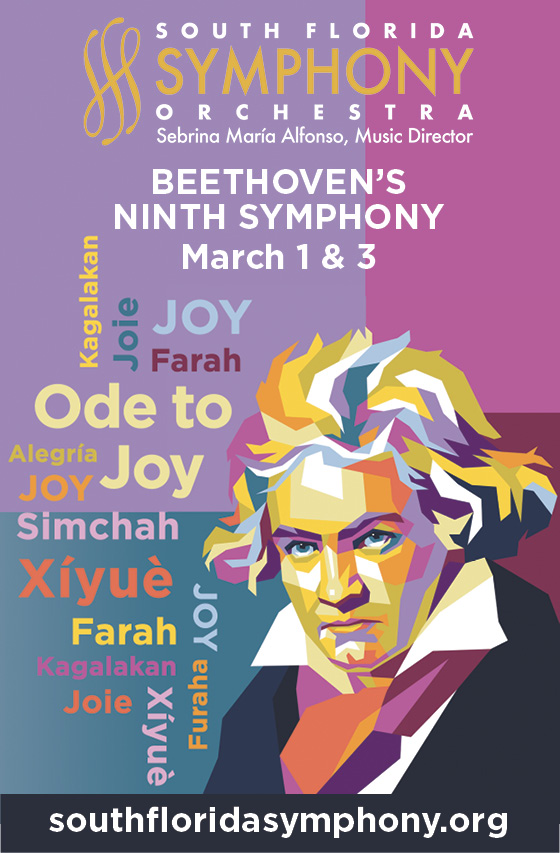
DURATION: About 7 minutes
INSTRUMENTATION: Two violins, viola, and cello
“Unfortunately the work of a woman composer is preconceived by many to be light, froth, lacking in depth, logic, and virility...Add to that the incident of race—I have Colored blood in my veins—and you will understand some of the difficulties that confront one in such a position.”—Florence Price
SPIRITUAL: A type of religious folk song most closely associated with slavery in the American South. The African American spiritual (also called the Negro Spiritual) constitutes one of the largest and most significant forms of American folk song.
FURTHER LISTENING:
Price: String Quartet No. 2 in A Minor
String Quartet No. 1 in G major
Symphony No. 1 in E minor
The ’20s may have roared in the U.S., but the cinema was silent. The first “talkie”—The Jazz Singer, which had brief bits of sound and music synched to the picture—premiered in 1927, but it would be years before technology advanced enough to make talkies the norm rather than the exception.
To provide sound for silent films, then, pianists and organists would sit in movie theatres and either improvise music or read from generic bits of music to enhance the drama. The talented composer Florence Price was one such musician, driven to the theater by circumstance rather than passion after moving to Chicago in 1927. At the advent of the Great Depression, her husband grew distant and abusive and was often without work. She divorced him in 1931 and was awarded sole custody of her two children. In need of more immediate income than composition could generate, Price dove headfirst into the film industry, performing as an organist for silent films and composing music for radio ads under a pseudonym.
Nevertheless, while making ends meet raising her children and rehabilitating a broken foot to boot, she still found time to compose and arrange her own concert music. It was during this period that she started working on her first symphony, the first work by an African American composer to receive a premiere by a major American orchestra. The work at hand, the Andante Moderato, is from a string quartet originally written in 1929. Price later arranged the music for the string orchestra, broadening and deepening the textures.
Like much of her music, this piece fuses Price’s fluency with African American spirituals with Western musical forms. The opening melodies are sweet and slow, tinged with a touch of nostalgia. The music builds to a more animated middle section, with plucked strings and a slinkier, schmaltzier melody from the viola section. To close, there is a return to the music of the opening, as is tradition with Western “binary” form, which forms the basis of the more intricate “sonata form."
Only a couple of short years later, Price would finish her Symphony No. 1 in E minor, which caught the eye of the Chicago Symphony Orchestra’s music director Frederick Stock, who premiered the work in 1933. Despite this honor, Price’s talent couldn’t overcome 20th-century prejudice—she faded into obscurity. In recent years, however, her music is undergoing something of a renaissance as scholars and orchestras delight in her forgotten trove of music. It is long overdue.
Copyright © 2023 Jeremy Reynolds

